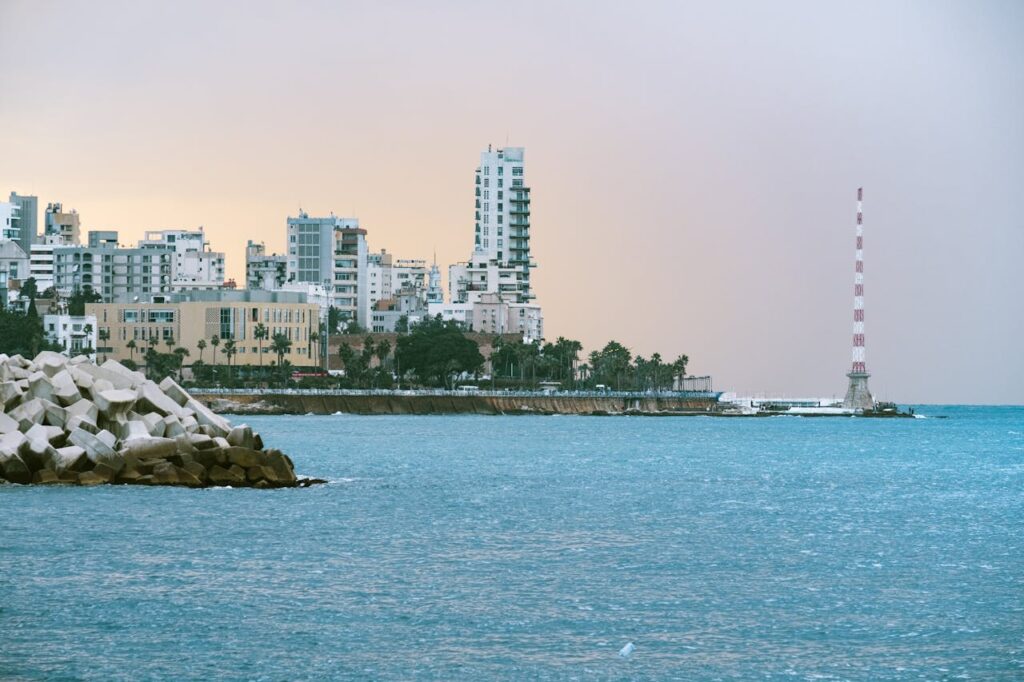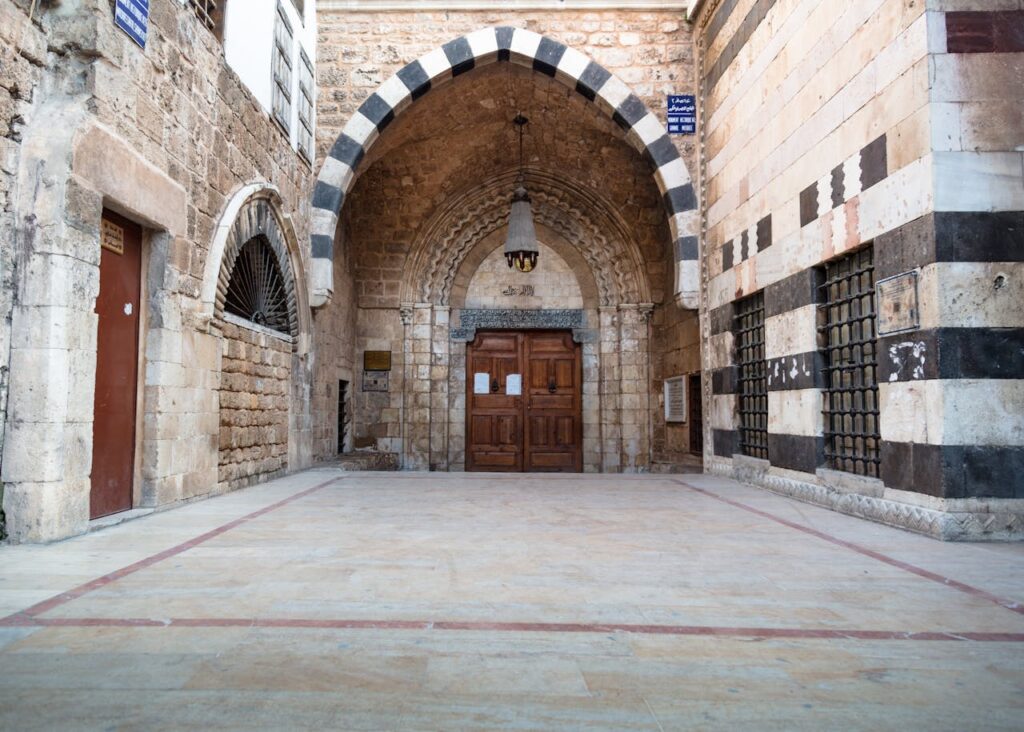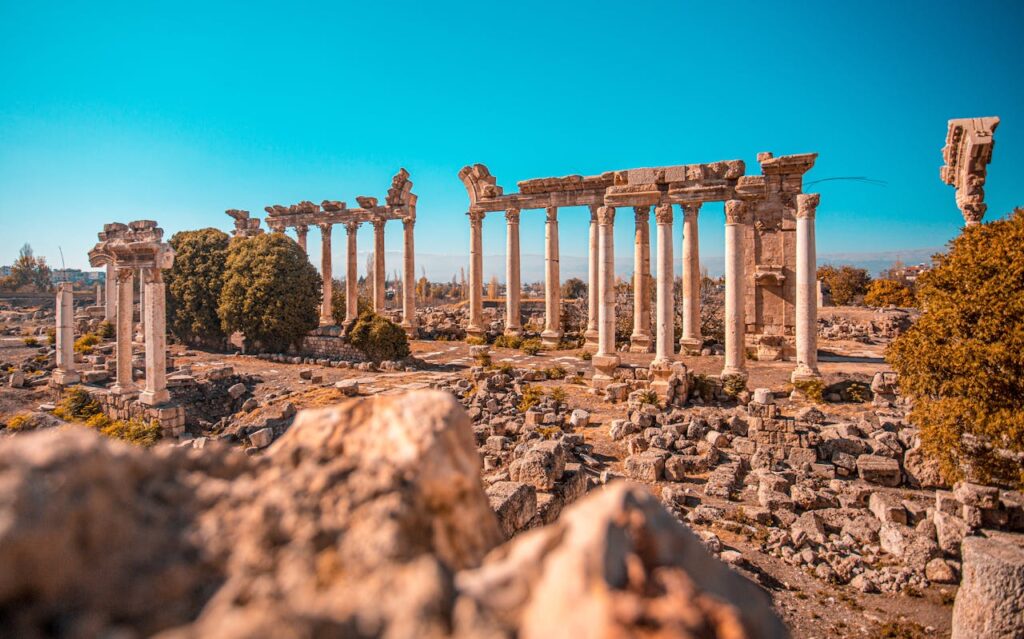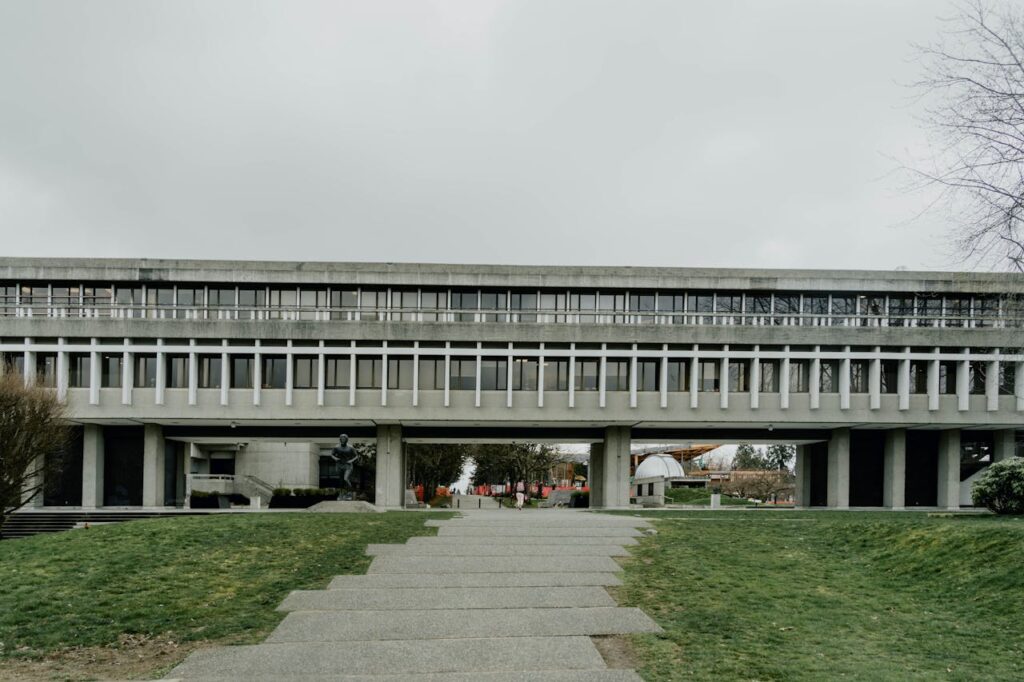Beirut, the capital of Lebanon, is a vibrant and dynamic city known for its rich history, diverse culture, and lively atmosphere. Often referred to as the “Paris of the Middle East,” Beirut offers a unique blend of ancient and modern attractions, from archaeological sites and historic landmarks to trendy neighborhoods and a bustling nightlife. Here are some of the best places to visit in Beirut, Lebanon:
1. Beirut Souks

The Beirut Souks are a modern shopping and entertainment complex located in the heart of downtown Beirut. This open-air complex combines contemporary architecture with traditional elements, offering a wide range of international and local brands, cafes, restaurants, and cinemas. The souks are built on the site of ancient markets and include archaeological findings integrated into the design. It’s a great place to shop, dine, and enjoy the vibrant atmosphere.
- Key Attractions: Shopping, dining, entertainment.
- Activities: Shopping, exploring cafes, attending events.
- Location: Downtown Beirut, Lebanon.
2. Pigeon Rocks (Raouché Rocks)

Pigeon Rocks, also known as Raouché Rocks, are iconic natural rock formations located off the coast of Beirut’s Raouché neighborhood. These towering limestone rocks rise majestically from the Mediterranean Sea and are a popular spot for tourists and locals alike. The area offers stunning views, especially during sunset. Visitors can enjoy a leisurely walk along the corniche, take boat rides around the rocks, and dine at nearby cafes and restaurants.
- Key Attractions: Natural rock formations, coastal views.
- Activities: Sightseeing, boat rides, dining.
- Location: Raouché, Beirut, Lebanon.
3. National Museum of Beirut

The National Museum of Beirut is the principal museum of archaeology in Lebanon and houses an extensive collection of artifacts from the region’s rich history. The museum’s exhibits span from prehistoric times to the Ottoman period, including Phoenician, Roman, Byzantine, and Islamic artifacts. Notable pieces include ancient sarcophagi, statues, mosaics, and jewelry. The museum offers a fascinating insight into Lebanon’s cultural heritage and is a must-visit for history enthusiasts.
- Key Attractions: Phoenician artifacts, Roman mosaics, ancient sarcophagi.
- Activities: Museum visit, historical exploration.
- Location: Badaro, Beirut, Lebanon.
4. Zaitunay Bay

Zaitunay Bay is a modern waterfront promenade located in Beirut’s marina area. The bay features a variety of upscale restaurants, cafes, and boutiques, offering stunning views of the Mediterranean Sea and luxury yachts. It’s a popular destination for leisurely strolls, dining, and enjoying the scenic surroundings. Zaitunay Bay is also a hub for water sports and boating activities, making it a great place to experience Beirut’s maritime lifestyle.
- Key Attractions: Waterfront promenade, luxury yachts.
- Activities: Dining, shopping, water sports.
- Location: Beirut Marina, Beirut, Lebanon.
5. Mohammad Al-Amin Mosque

The Mohammad Al-Amin Mosque, also known as the Blue Mosque, is one of Beirut’s most prominent religious landmarks. Completed in 2008, the mosque features a striking blue dome, four minarets, and intricate Ottoman-inspired architecture. The mosque’s interior is adorned with beautiful chandeliers, marble floors, and Quranic inscriptions. Visitors are welcome to explore the mosque and learn about its cultural and religious significance. Modest dress is required when visiting.
- Key Attractions: Blue dome, Ottoman architecture.
- Activities: Cultural exploration, prayer.
- Location: Martyrs’ Square, Beirut, Lebanon.
6. Martyrs’ Square

Martyrs’ Square is a historic and symbolic public space in the heart of Beirut. The square is named in honor of Lebanese nationalists who were executed during the Ottoman rule. It has been a focal point for political and social movements throughout Lebanon’s history. The square features the Martyrs’ Monument, a bronze statue commemorating the fallen heroes. Martyrs’ Square is a significant gathering place and a symbol of Lebanon’s resilience and unity.
- Key Attractions: Martyrs’ Monument, historic significance.
- Activities: Sightseeing, cultural exploration.
- Location: Downtown Beirut, Lebanon.
7. Hamra Street

Hamra Street is one of Beirut’s most bustling and diverse commercial streets. Known for its vibrant nightlife, cultural institutions, and eclectic mix of shops, Hamra is a popular destination for both locals and tourists. The street is lined with cafes, restaurants, bookstores, and theaters, making it a hub of activity day and night. Hamra is also home to the American University of Beirut, adding to its youthful and dynamic atmosphere.
- Key Attractions: Nightlife, cultural institutions, shopping.
- Activities: Dining, shopping, exploring.
- Location: Hamra, Beirut, Lebanon.
8. Sursock Museum

The Sursock Museum, also known as the Nicolas Ibrahim Sursock Museum, is a modern and contemporary art museum housed in a beautiful Ottoman-style mansion. The museum features a diverse collection of Lebanese and international art, including paintings, sculptures, and photography. The museum also hosts temporary exhibitions, cultural events, and educational programs. The Sursock Museum is a must-visit for art lovers and offers a glimpse into Lebanon’s vibrant art scene.
- Key Attractions: Modern and contemporary art, Ottoman architecture.
- Activities: Art appreciation, attending exhibitions.
- Location: Achrafieh, Beirut, Lebanon.
9. Roman Baths

The Roman Baths are an ancient archaeological site located in downtown Beirut. The site includes the remains of a large Roman bath complex, dating back to the Roman period. The baths were an important social and cultural center in ancient times. Today, the site is a public park and open-air museum, offering visitors a chance to explore the ancient ruins and learn about Beirut’s Roman heritage. The Roman Baths are a unique historical attraction in the city.
- Key Attractions: Ancient Roman ruins, public park.
- Activities: Historical exploration, sightseeing.
- Location: Downtown Beirut, Lebanon.
10. Gemmayzeh
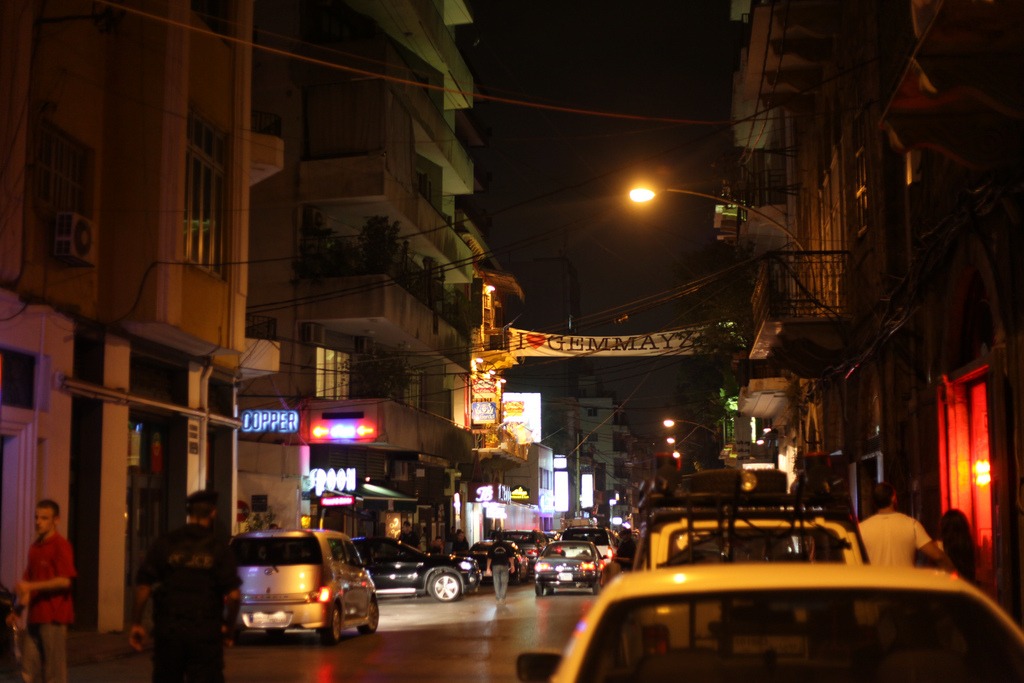
Gemmayzeh is a trendy neighborhood in Beirut known for its vibrant nightlife, artistic vibe, and charming narrow streets. The area is filled with bars, cafes, art galleries, and boutique shops. Gemmayzeh’s historic architecture and bohemian atmosphere make it a popular destination for evening outings and cultural exploration. Visitors can enjoy live music, art exhibitions, and a wide range of dining options in this lively district.
- Key Attractions: Nightlife, art galleries, historic architecture.
- Activities: Dining, exploring art, enjoying nightlife.
- Location: Gemmayzeh, Beirut, Lebanon.

Summary Table
| Place | Description | Key Attraction | Location |
|---|---|---|---|
| Beirut Souks | Modern shopping and entertainment complex | Shopping, cafes, cinemas | Downtown Beirut, Lebanon |
| Pigeon Rocks (Raouché Rocks) | Iconic natural rock formations | Coastal views, boat rides | Raouché, Beirut, Lebanon |
| National Museum of Beirut | Principal archaeology museum with extensive collections | Phoenician artifacts, ancient sarcophagi | Badaro, Beirut, Lebanon |
| Zaitunay Bay | Upscale waterfront promenade | Restaurants, luxury yachts | Beirut Marina, Beirut |
| Mohammad Al-Amin Mosque | Prominent mosque with a blue dome | Ottoman architecture, cultural significance | Martyrs’ Square, Beirut |
| Martyrs’ Square | Historic public space and symbolic landmark | Martyrs’ Monument, historical significance | Downtown Beirut, Lebanon |
| Hamra Street | Bustling commercial street known for nightlife | Nightlife, shopping, cultural institutions | Hamra, Beirut, Lebanon |
| Sursock Museum | Modern and contemporary art museum | Lebanese and international art | Achrafieh, Beirut, Lebanon |
| Roman Baths | Ancient Roman bath complex | Roman ruins, public park | Downtown Beirut, Lebanon |
| Gemmayzeh | Trendy neighborhood with vibrant nightlife | Bars, art galleries, historic buildings | Gemmayzeh, Beirut, Lebanon |
How to Reach Beirut
By Plane
Beirut is served by Beirut-Rafic Hariri International Airport (BEY), located about 9 kilometers south of the city center. The airport offers domestic and international flights. From the airport, travelers can reach the city center by taxi, airport shuttle, or rental car.
By Car
Beirut is well-connected to other major cities in Lebanon by a network of highways. The city is accessible by car from destinations such as Tripoli, Sidon, and Byblos. Car rental options are available for those who prefer to drive.
By Public Transport
Beirut has a limited public transportation system, with buses and shared taxis (service) being the primary modes of transport. Shared taxis operate on fixed routes and are an affordable way to travel around the city. Buses connect Beirut to other cities in Lebanon.
Best Time to Visit Beirut
The best time to visit Beirut is during the spring (March to May) and autumn (September to November) when the weather is mild and pleasant. These seasons are ideal for exploring the city’s outdoor attractions and enjoying cultural events. The summer months (June to August) can be hot and humid, making it a popular time for beach activities. Winter (December to February) is cooler, with occasional rainfall, making it a good time for indoor activities and museum visits.
Travel Tips
- Local Cuisine: Beirut is known for its delicious Lebanese cuisine, including dishes like hummus, tabbouleh, kibbeh, and shawarma. The city’s diverse restaurants and cafes offer a wide range of dining experiences, from traditional Lebanese fare to international cuisine.
- Cultural Etiquette: Lebanese people are known for their hospitality. It’s customary to greet people with a smile and a handshake. When visiting religious sites, dress modestly and remove shoes before entering mosques. It’s also polite to use your right hand when eating or greeting others.
- Transportation: Beirut’s traffic can be congested, especially during peak hours, so it’s advisable to plan your travel accordingly. Taxis and ride-sharing services are widely available and are convenient ways to get around the city.
Itinerary Suggestions
One-Day Trip
- Morning: Start your day with a visit to the National Museum of Beirut to explore its extensive collection of artifacts. Then, head to Martyrs’ Square and the Mohammad Al-Amin Mosque for cultural and historical exploration.
- Afternoon: Have lunch at a local restaurant in Hamra Street and then visit the Sursock Museum to appreciate modern and contemporary art. In the late afternoon, explore the Roman Baths and take a leisurely stroll along Zaitunay Bay.
- Evening: End your day with dinner at a restaurant in Gemmayzeh and enjoy the vibrant nightlife.
Weekend Getaway
- Day 1: Begin with visits to the National Museum of Beirut and Martyrs’ Square. In the afternoon, explore the Mohammad Al-Amin Mosque and Hamra Street. In the evening, dine at a waterfront restaurant in Zaitunay Bay and take in the views of the marina.
- Day 2: Start with a morning visit to the Pigeon Rocks and enjoy a boat ride around the iconic formations. Then, explore the Sursock Museum and the surrounding Achrafieh neighborhood. In the afternoon, visit the Roman Baths and the Beirut Souks for shopping. Conclude your trip with an evening in Gemmayzeh, exploring its art galleries, bars, and restaurants.
Beirut’s rich history, vibrant culture, and lively atmosphere make it a captivating destination in Lebanon. Whether you’re exploring ancient ruins, enjoying the city’s culinary delights, or immersing yourself in its art and culture, Beirut offers a memorable experience for every traveler.

